
As the warmer, sunnier days start to fade, we’re faced with hanging up our washing inside or putting it in the tumble dryer.
But for many, drying washing outside isn’t an option at any time of year. Without an outside space or garden area where wet clothes can be dried, there simply isn’t an alternative.
While a tumble drier will do a grand job, it can be an expensive option, especially when energy bills are high. Lack of ventilation and high humidity levels when drying clothes indoors can lead to condensation, damp and serious health problems.
So, how can you dry clothes indoors successfully to avoid these problems? We spoke to the experts to discover the best ways to do it, with some mistakes to avoid, too.
“Fans and windows are valuable methods for increasing airflow and drying clothes faster indoors,” says Petya Holevich, cleaning expert at Fantastic Services.
“The proper circulation of air helps your clothes dry faster, reducing drying time. In well-ventilated rooms, moving air around with a fan can speed up drying.”
Henry Paterson, cleaning expert at HouseKeep, suggests placing your clothes airer near an open window or on a balcony, if you have one, with Holevich adding it can help to “eliminate odours and bacteria”.
Paterson also recommends that an extractor fan will help to aid the drying process while reducing humidity and the knock-on problem of damp.
“It is common for clothes to not dry properly when there is too much moisture present in the air, even if they are laid out on an airer,” says Nigel Bearman, CEO and managing director at Daily Poppins.
“This may result in your clothes smelling musty or damp, which is never a good thing.”

So rather than loading up the airer with layers of clothes, he suggests using hangers.
“On the corners of most airers are holes for hangers, but you may also hang your clothes from the rungs.
"As well as being able to fit more garments in this way, you are also assisting the air-drying process by creating good ventilation between the garments. If you are using clothes rails, you should leave a couple of inches between each hanger in order to maintain good airflow.”
One way to speed up the drying time is to reduce the moisture content in your clothing during the wash cycle.
Paterson suggests: “Use the most intense spin cycle on your machine – or run another spin cycle once the clothes are washed.”
Dehumidifiers work by drawing in excess moisture from the air and help to reduce condensation, prevent mould growth and combat damp. And according to the Healthy House, an online store selling health and wellbeing products, some dehumidifiers even have a laundry-drying function.
When it comes to drying clothes, Currys explains: “The air surrounding your wet clothes becomes less humid. "This allows the moisture within the clothes to evaporate more quickly resulting in shorter drying times.”
Although, it won’t be as quick as a tumble dryer, a dehumidifer will speed up the drying time. In The Wash, an online site sharing cleaning and laundry tips, says: “It takes on average, three to five hours to dry a load of laundry using a dehumidifier, and it would take your tumble dryer about an hour to dry the same load.”
“A dehumidifier will speed up the process slightly when drying clothes indoors and will also help to reduce the effect of any excess moisture in the air,” says Paterson.
But do remember to empty the water tray after each use.

Drying clothes on radiators should be avoided, according to Holevich, who says it will “lead to localised high humidity and will damage the radiator”, potentially causing the surface to crack and the underlying metal to rust.
But it can cause an issue with heat loss, too. “It is not a good idea to place your clothes directly on the radiator since they may trap heat and reduce the radiator's efficiency,” says Bearman.
“It also means the boiler must work harder to warm your house.”
If drying your clothes on a radiator is your only option, as you don’t have the space for a standing airer, consider purchasing a radiator extension airer.
Aspect Radiator Airer Drying Rack | Pack of 2 Portable Dryer Holder, RRP, £12.99
A heated clothes airer will certainly reduce the time your clothes need to dry, especially if each item is spread out and well-ventilated.
Interiors writer, Sarah Harley, lives in an apartment and relies on a heated drier from Lakeland to dry her clothes throughout the year.
She shares her advice: “I always put the cover over it as it reduces the drying time – but the cover does need washing, otherwise the clothes start to smell damp.”
And on warmer days, when she doesn’t need to plug it in, Sarah recommends placing the heated airer in a sunny spot near a window for ventilation: “As long as you spread the clothes out evenly, it does the job,” she adds.
Dry:Soon 3-Tier Heated Airer and Cover Bundle, RRP, £224.98
If you’d prefer to hang your clothes, Jayne Cherrington-Cook, a homes editor, recommends the DriBUDDI.
“It’s a lifesaver. It blows air across clothes, is cheap to run and works really quickly. Plus, you can easily dismantle it if you have guests around."
JML DriBUDDi - Portable Energy-Efficient Indoor Electric Clothes Dryer, RRP, £69.99
Bearman advises that it’s best to dry your clothes in a room where you spend the least amount of time, such as a utility room, office or spare room and “make sure the room is well ventilated to avoid allergic reactions, mildew and mould in your home or on your fabrics”.
And the best way to ventilate a room is to open the windows and invite the fresh air in.
“Your living room, kitchen and bedroom should be free of wet laundry,” says Bearman, adding, “You should avoid drying laundry in your bathroom, which is already a damp environment.”
If you try drying clothes in an already damp room, they will take longer to dry.
You can banish the problem of condensation and mould with a tumble dryer – although do bear in mind the added cost of electricity. So, make sure you give your washing a good spin to remove as much excess water before using the dryer.
Tumble dryers can also be particularly useful for drying larger items, such as duvet covers and sheets, which are difficult to hang on airers.
While not all homes will have space for a tumble dryer, there are plenty of space-saving washer/driers on the market that will do the job.
My dad has recently moved from the family home into a bungalow and has a smaller kitchen, so swapped his washing machine and tumble dryer for a Bosch washer- dryer.
Bosch Series 4 WNA134U8GB Freestanding Washer Dryer, RRP, £699.00
Home improvement editor, Michelle Guy, swears by popping a dry towel in the tumble drier with the damp clothes.
“It’s supposed to speed up the drying process and I’m sure it works,” she says. Another trick is to use dryer balls:
“The spiky balls are inexpensive and can be popped in the drier with your clothes – the idea is that they help the air to circulate and speed up the drying process.”
Guy is also a fan of using the tumble drier to fluff up towels when they are nearly dry.
“Towels can take a long time to completely dry in a tumble dryer, but putting them in once they are almost dry helps to fluff them up and make them extra soft.”
Tumble Magic Dryer Balls, RRP, £10
Do check the laundry label on your clothing, as not all items are suitable for tumble driers and some garments may shrink.
Drying time depends on the fabric and drying conditions.
“A variety of factors can affect the drying time indoors, including humidity levels, room temperature, and fabric thickness,” says Holevich.
“In general, lighter fabrics may dry faster than heavier materials.
The overall time can be from one full day to at least three days with rotation.”
Although, ideally, Bearman says indoor drying should not take any longer than 24 hours, as “any more than this may result in mould growth or a musty odour in the clothing”.
Tip: Don’t leave your freshly washed clothes in the washing machine to fester.
Remove them as soon as the cycle is complete and hang them up to dry, otherwise you’ll need to clean your washing machine more often.
Rachel Ogden is a freelance interiors journalist with decades of experience writing for magazines and websites. As well as reviewing appliances and penning useful articles on everything from tables to paint, she has a fondness for kitchens and bathrooms.
When not writing, you will often find her curled up with a glass of fizz, slice of cake, and a good book.

Learn how to avoid the most common vacuuming mistakes to ensure that your floors are spotless and free from allergens.
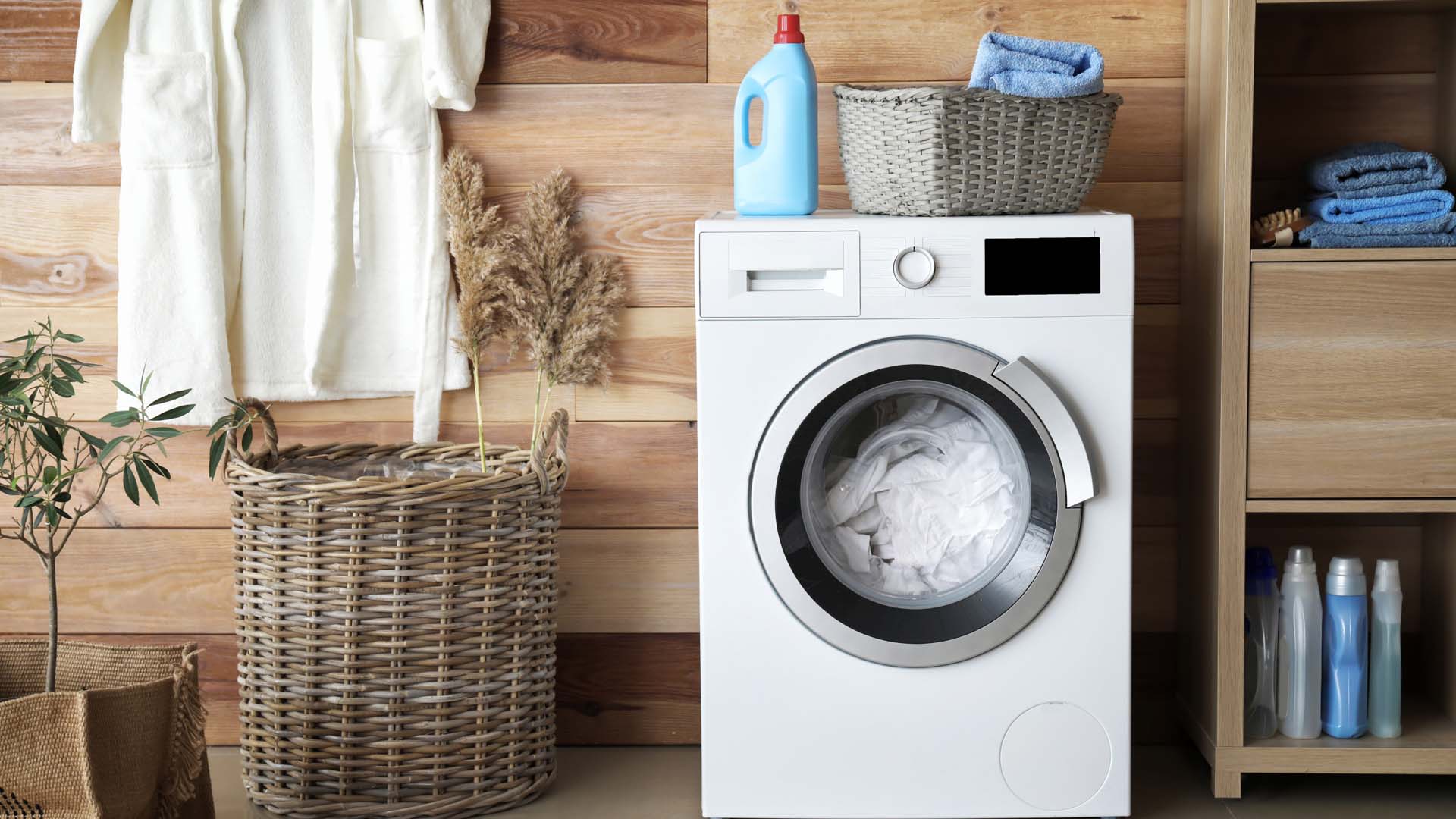
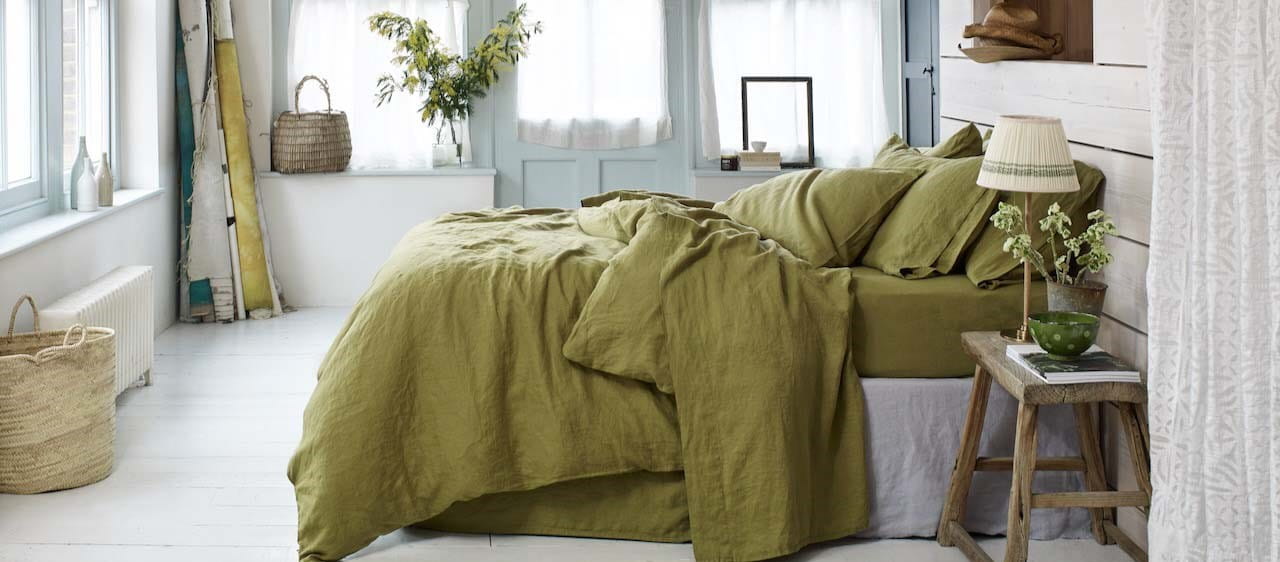

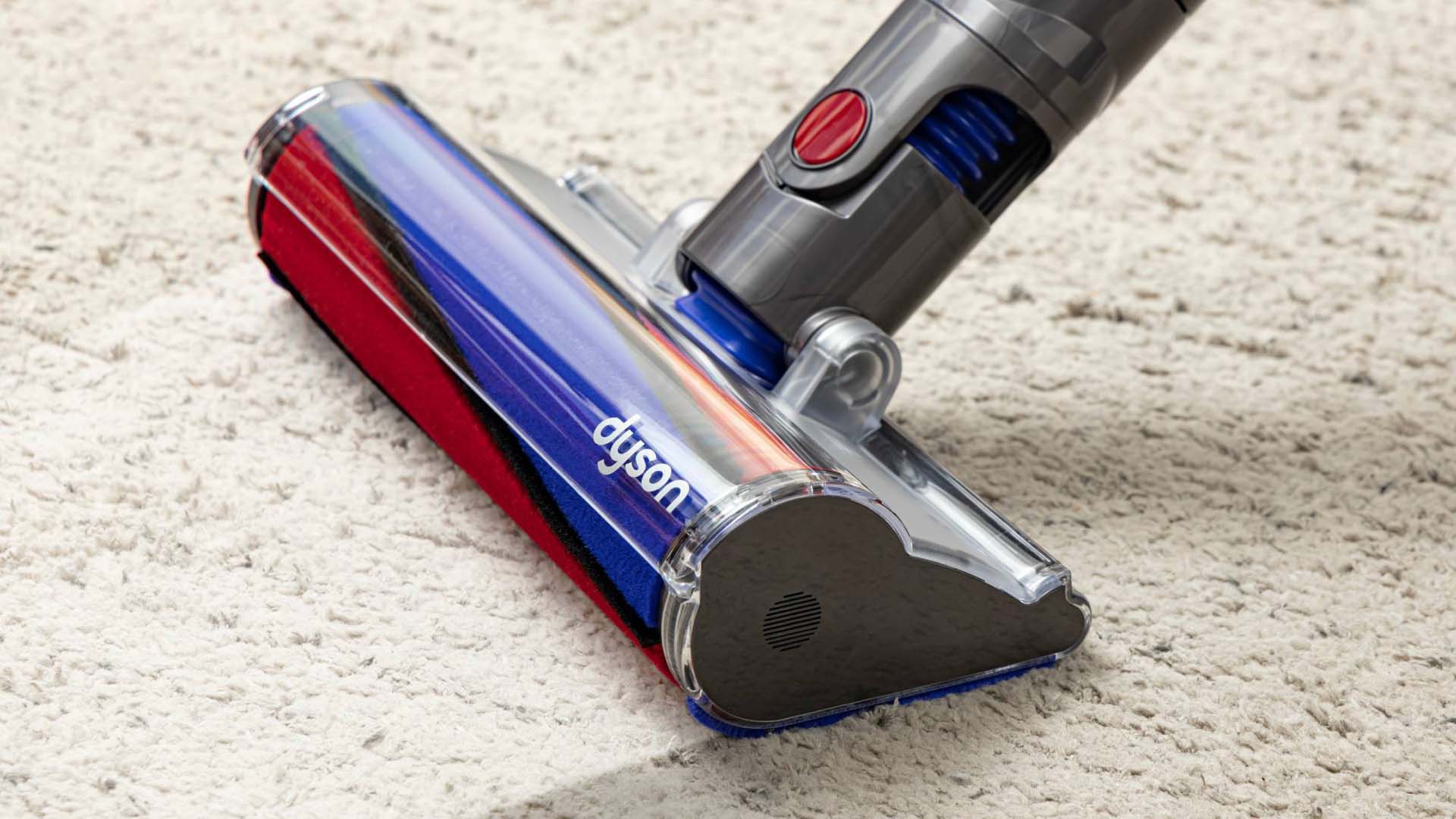
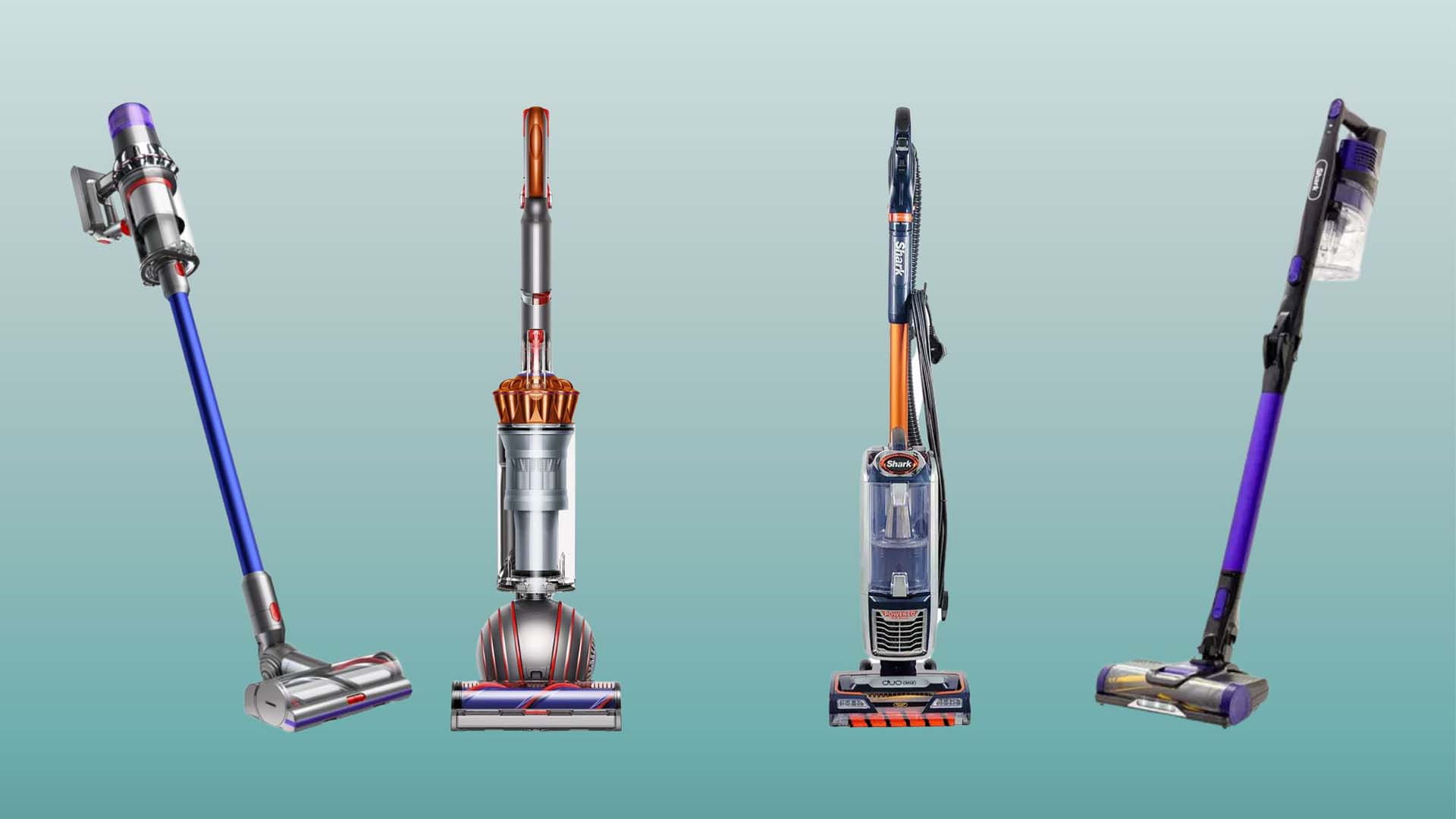





Create the perfect vista with our window cleaning tips.
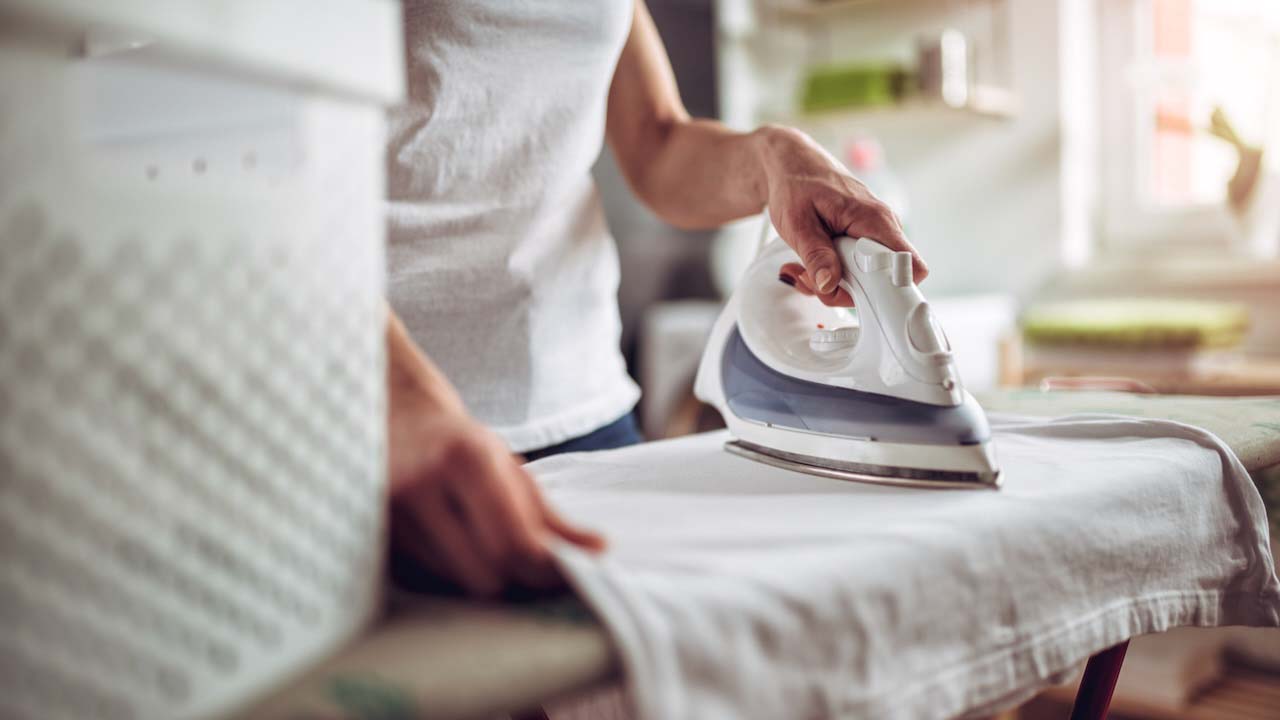
Because a scale-filled iron can ruin your clothes.